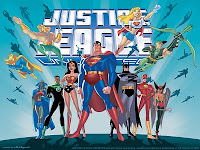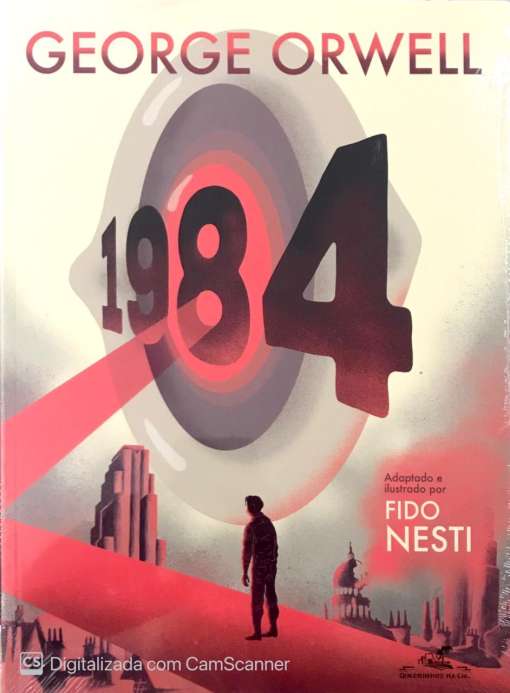

In one of the poems, the frame a frame that pulls a new frame: each new frame contains of the previous frames until they explode forming the word "TRAC", as a result of the interference of triangles and circles. We are not facing the mere enlarged copy (as in Pop Art): Alvaro de Sá penetrates their meta-language, to achieve a direct communication from frame to frame, from crosslink to crosslink. It is, in our opinion, the most creative poetic experience yet extracted from the contextual elements of comics. His book 12X9 is, in the words of Wlademir Dias-Pino, "a true x-ray structure of comics". Of these, Alvaro de Sá is the one who entered most deeply into the formal problems of comics. And using comics as a critical basis, some of their poets have sought to establish higher creative stakes for the investigation of the poem. Poema/processo, therefore, intervenes at the root of the contemporary aesthetic-informational problematics: against the old structures it proposes that "everything is allowed" and a demystification of the art object. create critical awareness towards the counter-style launch projects that enable consumer versions

The proposals of poema/processo are quite different: For while Pop Art had its own struc-ture - and only trangressed into the field of comics from time to time, and then only in a recreational way - the most evident manifestations never left the stage of a "family size comic" (Sergio Augusto) whose results are questionable. The comic-book is not the same thing for poema/processo as it was for Pop Art.


 0 kommentar(er)
0 kommentar(er)
